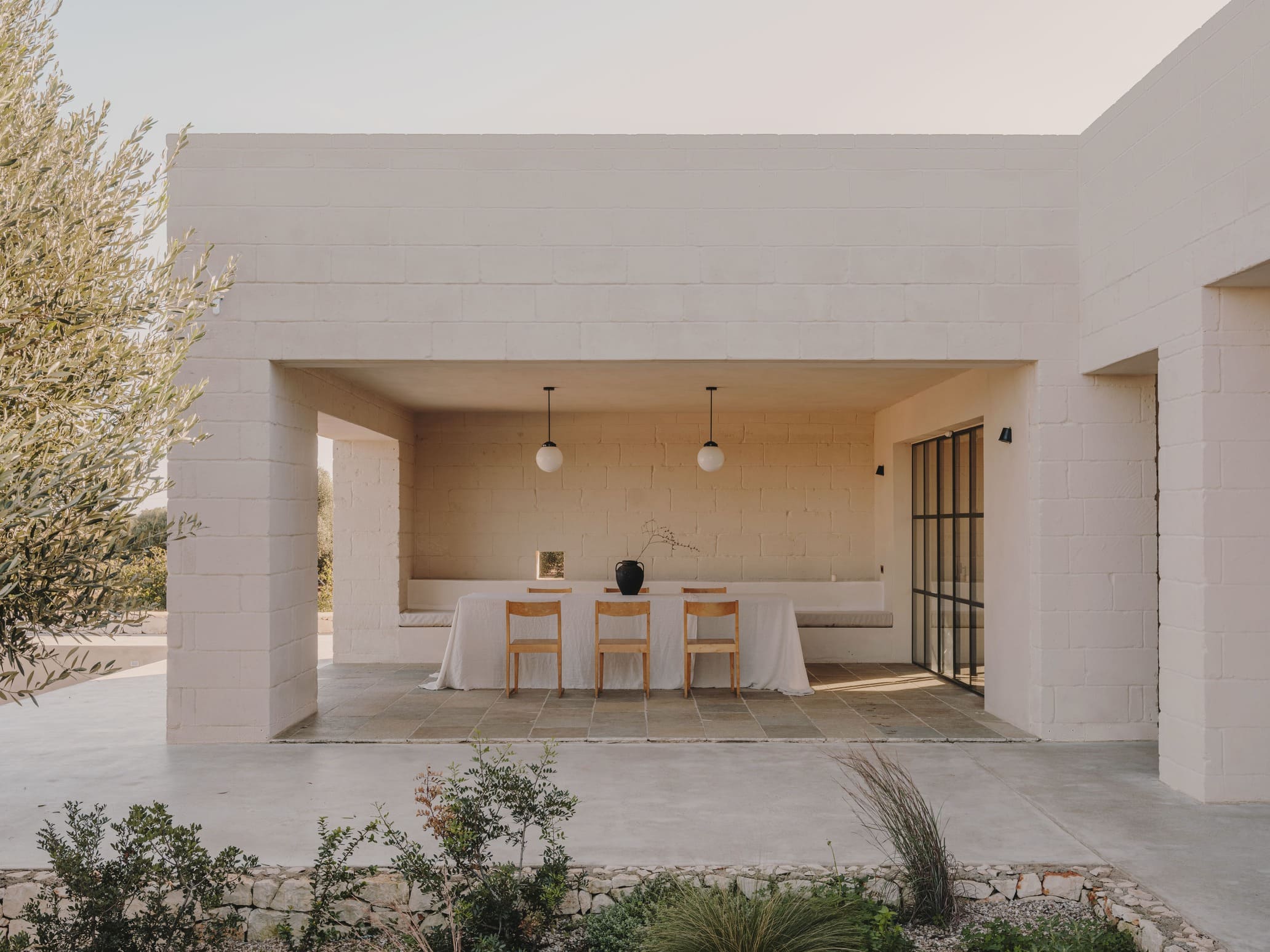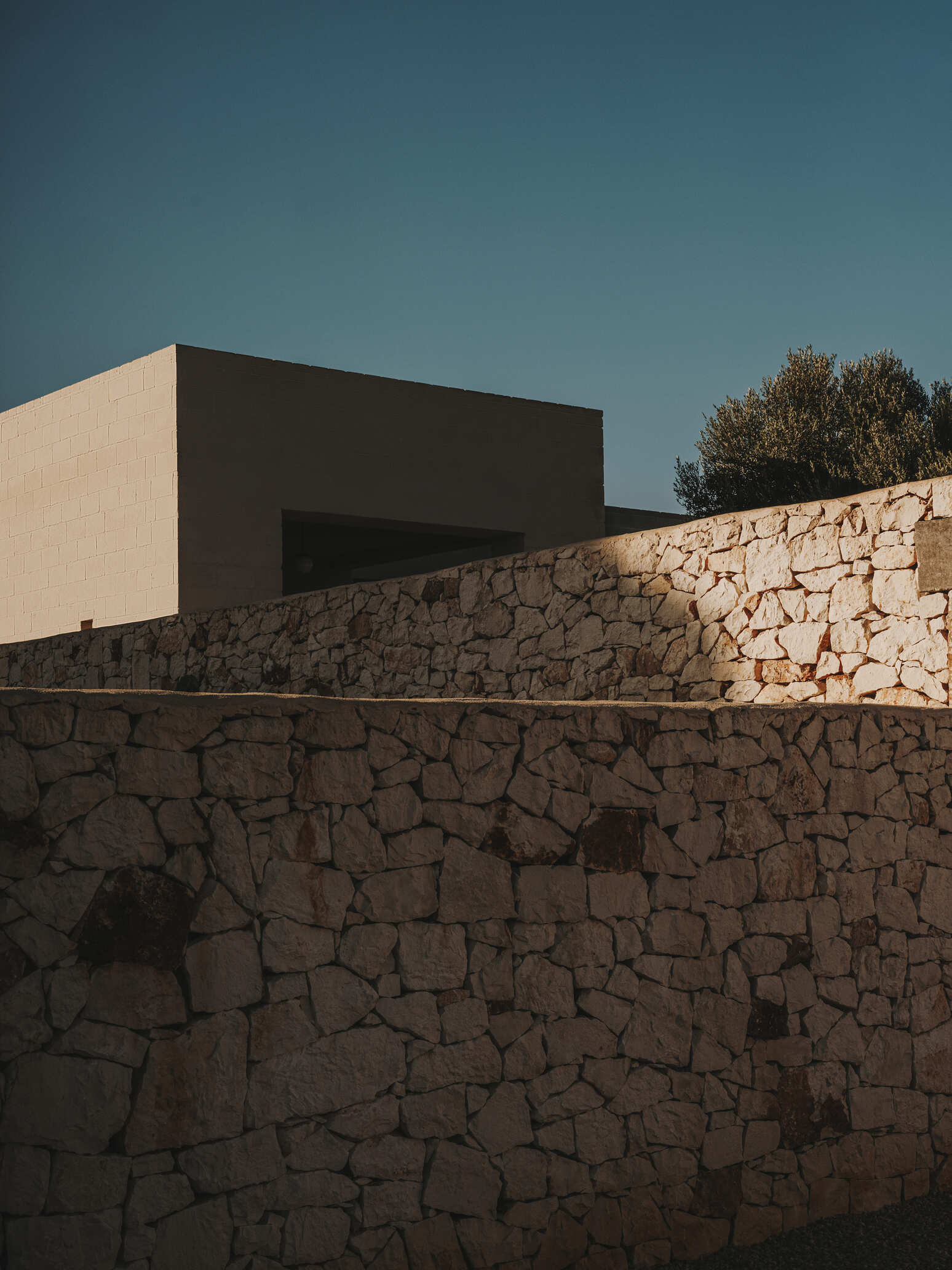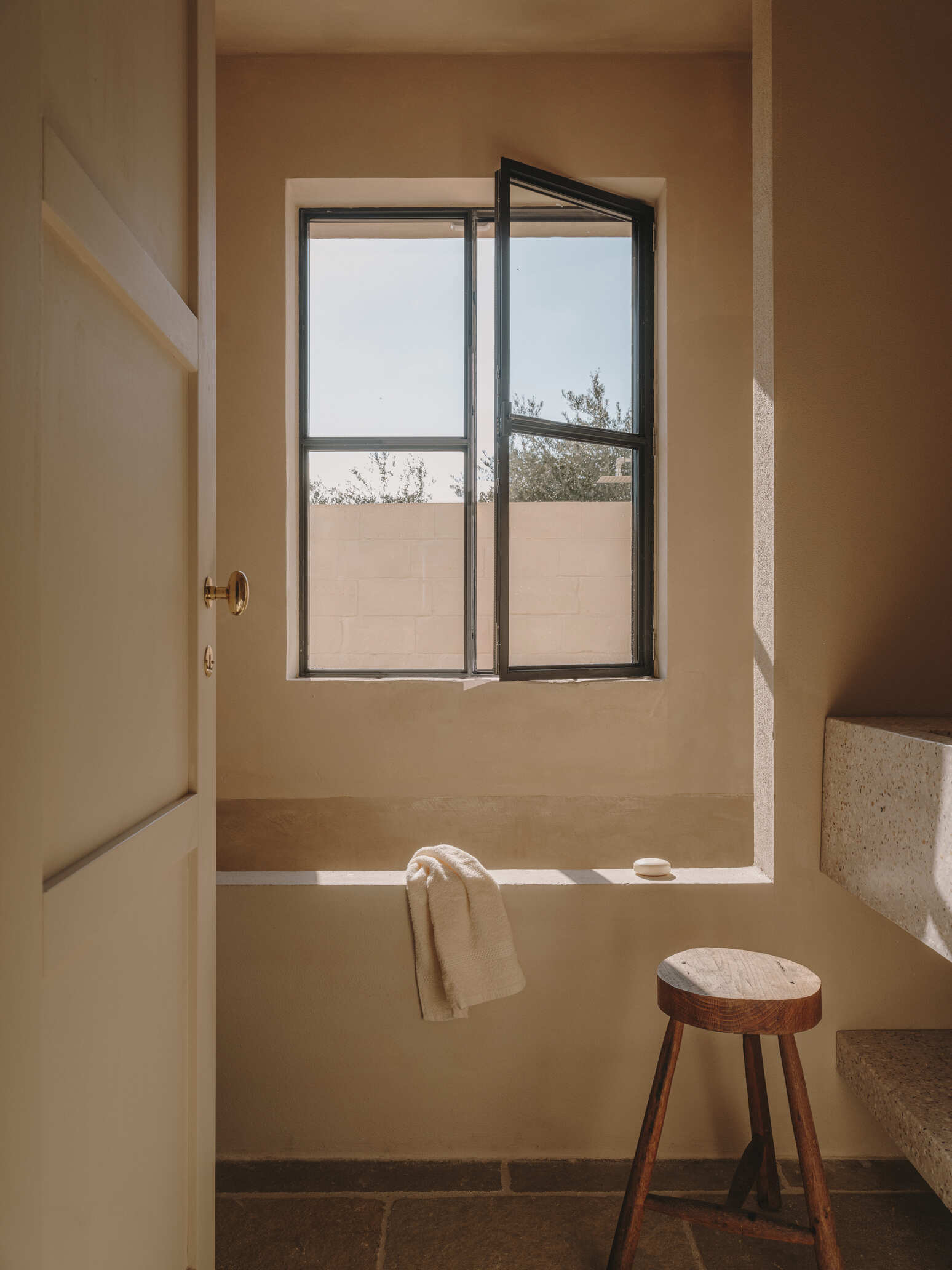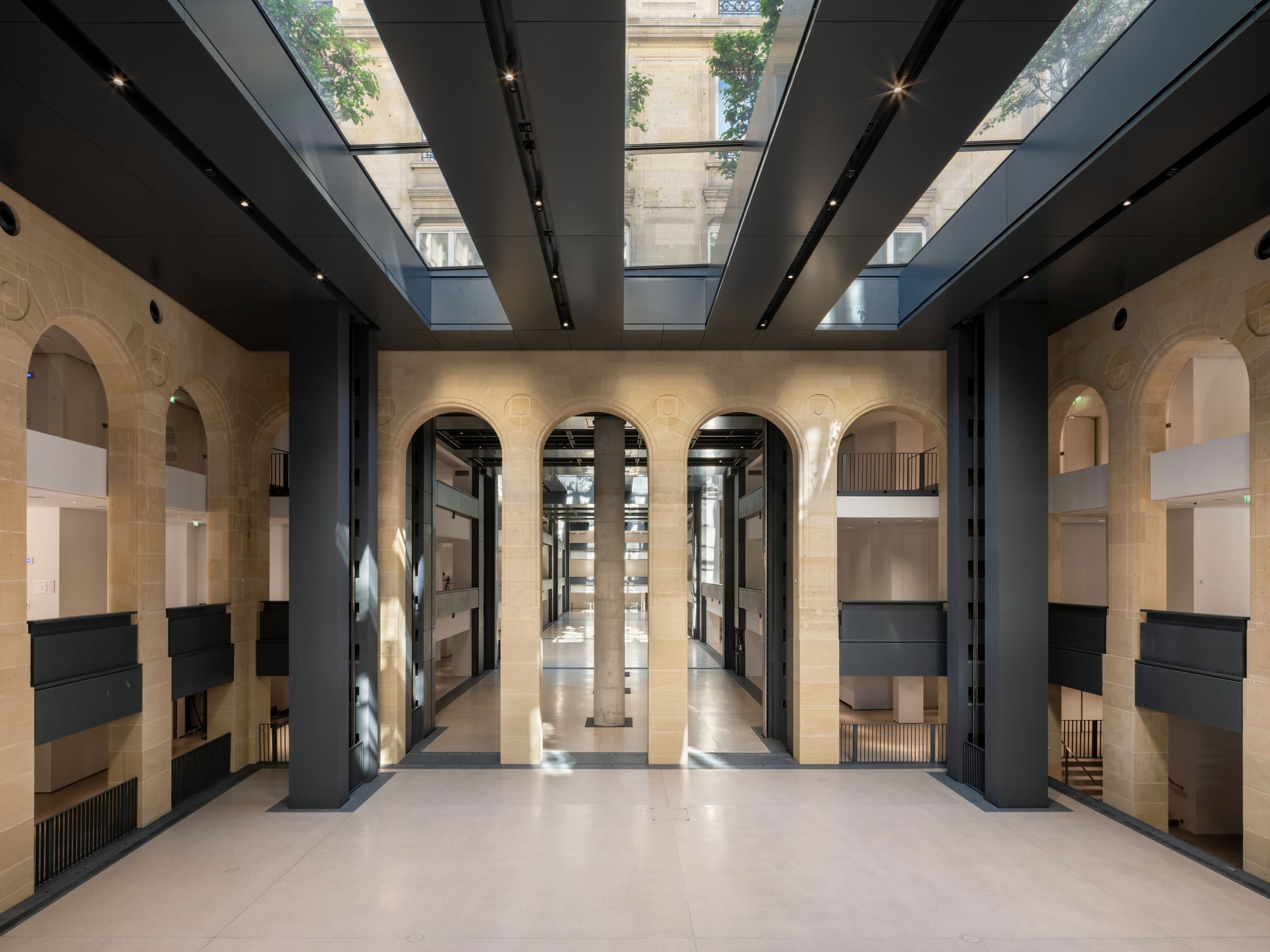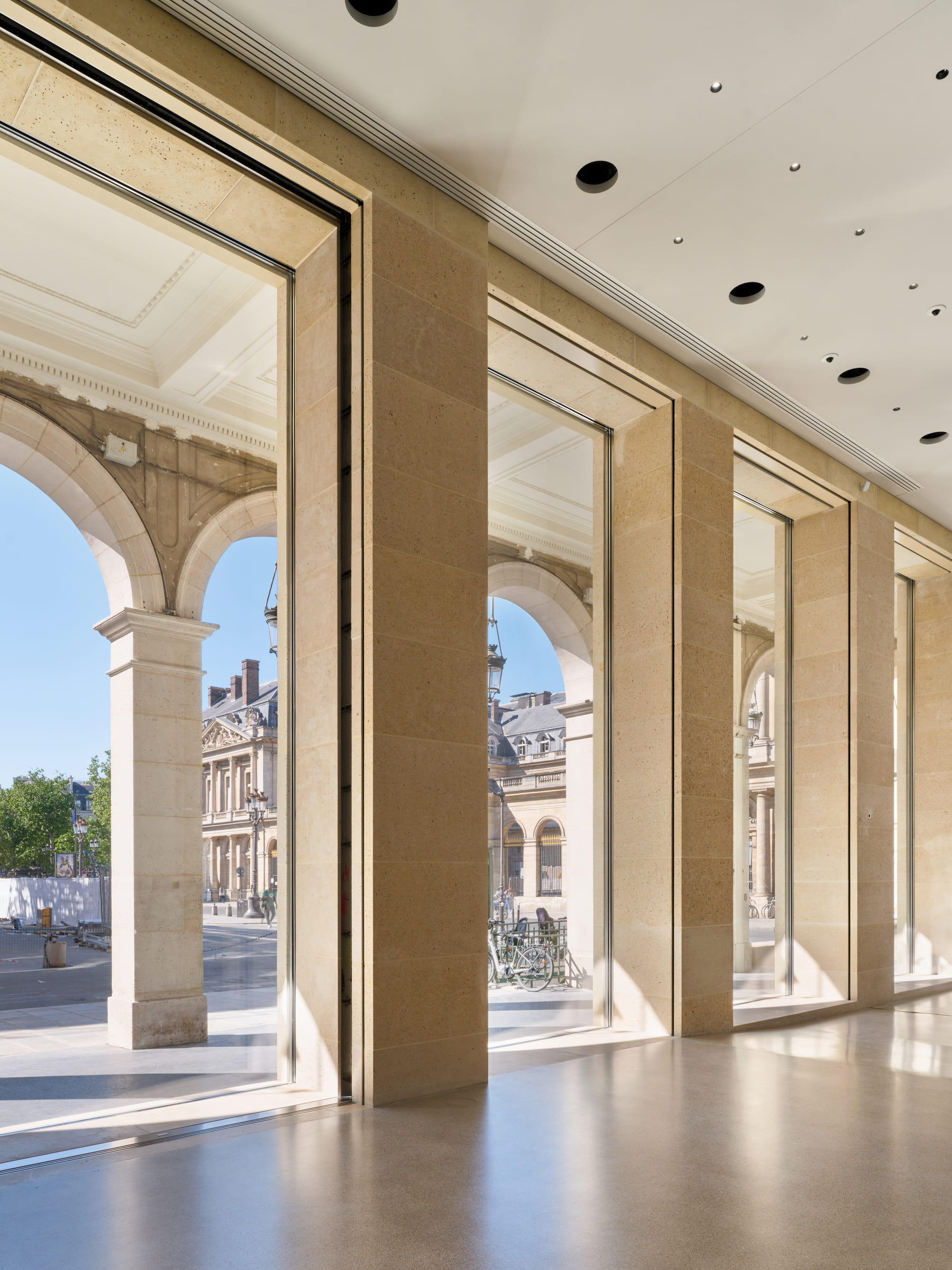

| CANVAS OF PLANS & DRAWINGS |
INTERIOR & DÉCOR, but with a twist |
| HOTELS & RESTAURANTS, beyond mainstream |
Notes on ART |
| Into big AFFAIRS | INSIDERS |
| GLIMPSES | |
Keywords:

In Takamatsu, Yasunari Tsukada Design has reimagined a family dwelling through a renovation that feels both restrained and quietly radical. Rather than demolish and rebuild, the project preserves the bones of a three-storey home, adapting it for two generations while allowing light, air and memory to circulate freely.
The design rejects rigid compartmentalisation in favour of a fluid sequence of spaces. Rooms are framed by portal-like walls, punctuated with openings that let sightlines drift and voices carry, while a single sloping ceiling gathers everything beneath a shared canopy. The repeated datum of 2400mm, translated into wall heights and window lines, creates a rhythm that is at once measured and subtly disorienting – a landscape rather than a conventional floor plan.
Natural ventilation shapes the life of the house. Courtyards and generous apertures draw breezes through the interior, offering an atmosphere that shifts with the weather. Windows placed in layers dismantle hierarchy, inviting a sense of equality between spaces. Even former structural elements, like a once-anonymous concrete wall, acquire new presence, becoming markers of daily life.








